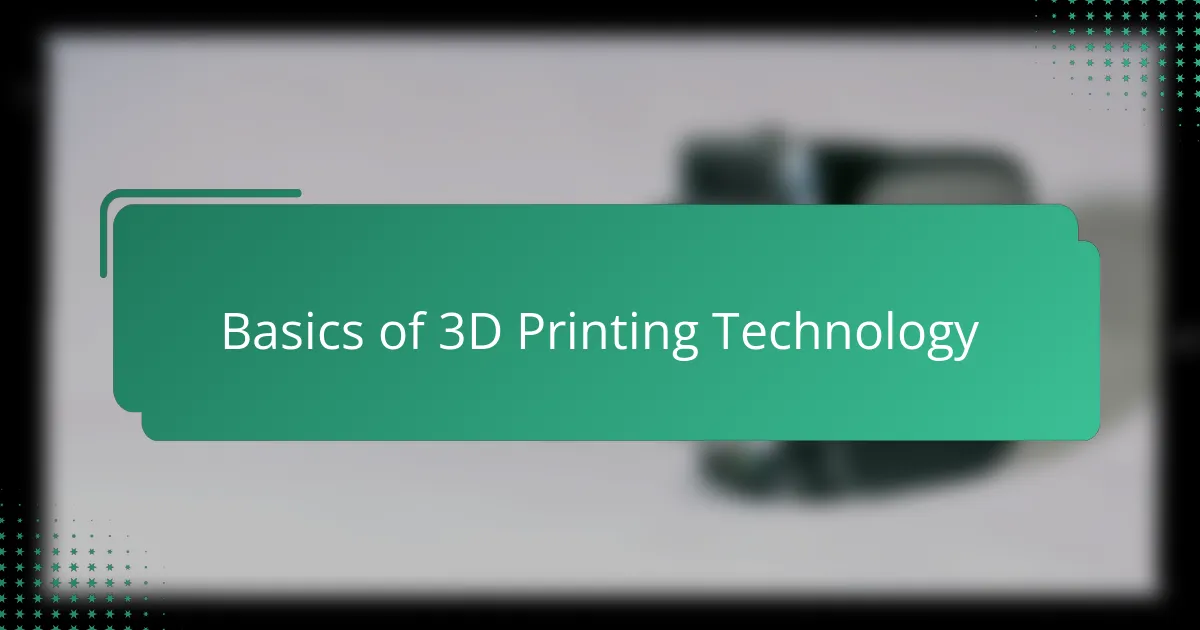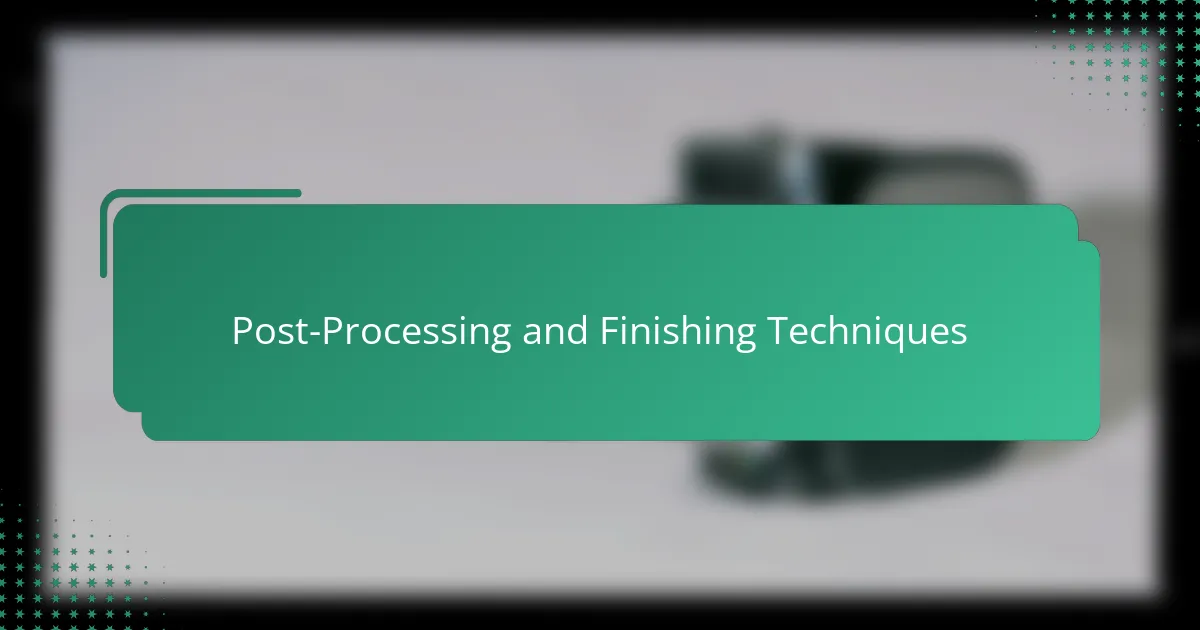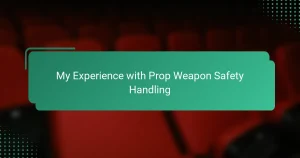Key takeaways
- Science fiction props combine artistry and technology, sparking imagination and storytelling without words.
- 3D printing democratizes the creation of props, enabling anyone with creativity to realize their ideas.
- Designing props involves balancing aesthetics with functionality, often favoring simplicity for practical printability.
- Patience is crucial in 3D printing; thorough preparation and learning from mistakes can significantly improve results.

Introduction to Science Fiction Props
Science fiction props have a unique way of transporting us to worlds beyond imagination. I’ve always been fascinated by how a simple object, like a futuristic weapon or an alien artifact, can spark so much curiosity and excitement. Have you ever held a prop in your hands and felt like you were holding a piece of another universe?
Creating these props shows the incredible blend of artistry and technology. From my own experience, the challenge lies in making something that looks believable yet fantastical enough to fit a sci-fi story. It’s not just about the design but about capturing a sense of wonder that makes sci-fi fans stop and stare.
What makes science fiction props truly special is their ability to tell stories without words. I’ve seen how a well-crafted prop can ignite imagination and connect fans to characters and narratives in ways that go beyond the screen or page. That connection is powerful, and it’s something I’ve strived to capture in every piece I’ve worked on.

Basics of 3D Printing Technology
3D printing, at its core, is like bringing digital dreams into the physical world layer by layer. When I first learned about it, the idea that a machine could build an object from nothing but plastic filament seemed almost magical. Have you ever watched those layers stack up so precisely, realizing that each tiny line is an essential part of the final creation?
The technology works by following a 3D model—a blueprint created on the computer—then the printer deposits material, usually plastic, one thin layer at a time. From my experience, this slow build-up process is both mesmerizing and a test of patience, especially when I’m eager to see the sword take shape. It’s fascinating how something so detailed can emerge gradually, almost like watching a sculpture grow from a block of marble.
What’s really incredible is how accessible 3D printing has become. I remember thinking that crafting a sci-fi prop like a sword would need expensive tools and expert skills, but with 3D printers now within reach, it feels like anyone with creativity can bring their visions to life. Don’t you love it when technology empowers imagination to turn pure ideas into tangible objects?

Choosing Designs for Sci-Fi Swords
Choosing the right design for a sci-fi sword felt like stepping into a story I wanted to tell visually. I found myself weighing the balance between sleek, futuristic lines and intricate, almost alien details—each choice shaping the sword’s personality. Have you ever struggled to pick between something that looks cool on paper and something that feels right in your hands?
What struck me most was realizing that the design isn’t just about aesthetics; it’s about functionality within the world I imagined. Could this sword belong to a skilled warrior or a mysterious guardian from another dimension? Thinking through these questions helped me narrow down my design ideas and gave me a deeper connection to what I was creating.
I also learned that sometimes, simplicity beats complexity. Early on, I tried intricate patterns that proved tricky to print and fragile to hold. It was a humbling moment—reminding me that, with 3D printing, the best designs often merge bold creativity with practical considerations. Have you ever been surprised by how less can indeed be more?

Preparing Your 3D Model for Printing
Preparing the 3D model for printing was, honestly, a mix of excitement and frustration for me. I remember spending hours checking the file to make sure every part was watertight—meaning there were no holes or gaps that would confuse the printer. Have you ever tried to patch a virtual model and realized even a tiny flaw can ruin hours of work? It taught me the importance of patience and precision before ever hitting “print.”
I quickly realized that scaling the sword correctly was more than just adjusting numbers. I wanted it to feel right in my hand, not too big or flimsy, and that meant imagining the final weight and balance while still in a digital form. It felt a bit like rehearsing a play without the actors—visualizing how the prop would perform in the real world before it existed.
One thing I didn’t expect was the need to add supporting structures within the model. At first, I ignored this step, assuming my sleek sword design would stand on its own. Big mistake. When parts sagged or broke during printing, I realized supports were like invisible scaffolding—without them, your dream sword could collapse before it even fully forms. Have you ever learned a crucial lesson only after things went wrong? That’s where my hands-on experience truly began.

Printing Process and Challenges Faced
Watching the 3D printer slowly bring the sword to life was equal parts thrilling and nerve-wracking. I learned firsthand that printing a long, thin object like a sword meant constantly worrying about warping and layer adhesion. Have you ever stared anxiously through a printer’s glass door, hoping that a tiny crack or shift won’t ruin hours of progress? That tension kept me glued to the process more than I expected.
One of the biggest challenges was balancing print speed and quality. I found that printing too fast caused details to blur, while slowing down increased the print time dramatically—sometimes stretching over many hours. It felt like a delicate dance, guessing the sweet spot where the sword would come out strong yet detailed enough to capture that sci-fi essence. Patience really proved to be a superpower in this stage.
Support structures also became a tricky puzzle. At first, I underestimated how much scaffolding the sword needed, leading to some fragile sections collapsing mid-print. It was frustrating, but each failed attempt taught me a bit more about how to angle and reinforce parts without sacrificing the sword’s sleek look. Have you ever had to rethink your approach because the technology wasn’t as forgiving as you’d hoped? That’s what made the journey so rewarding.

Post-Processing and Finishing Techniques
Once the sword was fully printed, I realized the real magic happened in post-processing. Sanding down those visible layer lines felt like smoothing out the sword’s rough awakening, slowly transforming it from a raw print into something believable. Have you ever been surprised at how much elbow grease can turn a plastic piece into a near-metallic prop?
Filling tiny gaps and imperfections with putty became a meticulous but satisfying task. I remember sitting for hours, carefully applying and sanding until the surface looked seamless—almost like it belonged in a futuristic armory. It’s incredible how these small fixes add up, elevating the prop from a 3D print to a convincing story piece that you’d proudly display or wield.
Painting was another adventure altogether. Choosing the right primer, layering metallic paints, and adding subtle weathering effects gave the sword its character and depth. I often asked myself, how do I make this look otherworldly yet worn, like it had history? Experimenting with washes and dry brushing helped me strike that balance and feel closer to the sci-fi world I’d imagined.

Lessons Learned and Tips for Beginners
One lesson that really stuck with me was to never underestimate the importance of patience. Have you ever rushed a print only to watch it fail halfway through? Waiting for the layers to build slowly, double-checking settings, and accepting that mistakes happen made a huge difference in my final result. It turns out that patience isn’t just a virtue—it’s a necessity in 3D printing.
Another tip I picked up early on is to embrace the learning curve with your slicer software. I initially found the settings overwhelming, but playing around with support placement and print speed taught me how to avoid fragile edges and warped details. Would I have been less frustrated if I spent more time experimenting before printing? Absolutely. Those small adjustments felt like unlocking secrets to making the sword sturdier and more realistic.
Finally, don’t hesitate to ask for help or seek out communities. I found forums and groups where fellow prop makers shared their failures and successes invaluable. It reminded me that even when you feel stuck or unsure, others have been there too—and their insights can save you hours of trial and error. Have you tried reaching out when a print went sideways? That sense of shared experience makes the whole process feel less daunting and much more rewarding.


